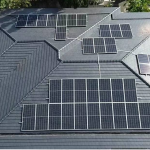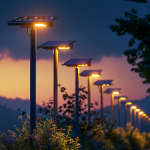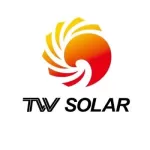What is solar rapid shutdown, and why do I need it?
-1140x300w.png)
If you were to have a house fire, the rapid shutdown system would stop your solar array from generating any electricity, making it safer for firefighters to climb on your roof without the fear of being electrocuted.
Solar rapid shutdown refers to the ability, mandated by regulation, to easily shut down a solar panel system in case of an emergency.
The main purpose of this regulation was to provide a way for firefighters to “shutdown” the power source during a fire.
Why solar rapid shutdown is needed
A solar panel system has conductors that become electrically charged any time the sun is shining.
Without a rapid shutdown device, there is no safe way to turn off the current running through those conductors.
Most people would assume that simply turning the solar inverter off would turn the power off, but it doesn’t work like that. You would still have power being generated by the solar panels and you would still have power in the electrical cables coming from the solar panels.
This live current poses an electrocution risk to anyone who comes into contact with the solar panel system, including first responders who may be responding to an emergency on your roof.
Firefighters are at particular risk since it's common for them to ventilate burning structures by cutting holes into the roofs or walls, which may bring them into direct contact with the solar panel system's conductors or wires.
Solar rapid shutdown solves this problem by de-energizing the solar panel system in under a minute, remove the electrocution risk for anyone going on the roof.
Do I need to add solar rapid shutdown to my system?
Yes, it is required by law that any new solar installation has a rapid shutdown system included in the install.
While solar array are designed to be safe, they conduct high voltage electricity. For the safety of yourself or anyone else who might access your roof, it's best to have a quick and easy way to de-energize your system.






2 Comment(s)
Great post
how to choose the best rapid shutdown device
Leave a Comment